Time traveling: Since Japan sees the sun rise 16 hours before California, we fly backwards in time. Twenty-five hours in transit, leaving Tokyo on Tuesday late afternoon, and we are home sweet home in Santa Barbara at 6 p.m. Tuesday night. Macduff opens a bottle of Syrah, I make a caprese salad with tomatoes from our garden. We watch two episodes of Midnight Diner: Tokyo and are in bed by 9 p.m. I sleep through most of the next day. Crazy delicious, beauty sleep, dreams, and wake to find the laundry my prince has done hanging on the line, and he is in his studio at work captioning images from our trip. I wake at 3 p.m., still believing it is Tuesday until around 4 p.m. when we drive to meet friends at the James Joyce for a weekly get-together and find the parking lot empty. It’s Wednesday.
Over our 36 years together, we have traveled extensively, usually on magazine assignments, but more recently, by ship on Lindblad/National Geographic expeditions, where Macduff serves as National Geographic photographer for one hundred or so guests, and on occasion I accompany him.

Admittedly, despite luminous, life-changing expeditions to the Arctic, Antarctica, New Zealand, and more, we have not traveled “like the old days” since the pandemic. I dearly long for those times. Such solo travel is foundational to our marriage. It is a remarkable gift to share, to discover things novel or familiar in new environs. The freedom to venture down hidden alleyways, including mistaken turns, or even an improbable evening in a motel/restaurant/bowling alley in Veracruz, México, where off-work engineers serenade us with an impromptu guitar concert, and one of them passes us a hand-written map and directions on a napkin to an unknown archaeological site. Traveling solo, we might visit the same small restaurant a second time (for instance, in both Mytilene and Segesta), and be greeted and treated not like tourists, but family. Caught in a cyclone bearing down on Auckland, we snatch the last flight out to the South Island to reinvent our journey. Dealing with unexpected difficulties, sometimes even serious accidents, is part and parcel of the travel I love. We meet strangers across seven continents and become friends. It is sharing at its finest.
Travel provides Macduff with an archive of world-wide, heart-stopping panoramic cloudscapes and revelatory portraits. It offers me material and inspiration for my studio-based art practice. Writing, combined with images, often generated by travel, has led to my creation of more than 20 limited edition artists books, and Macduff and I have also collaborated on three travel-based trade book publications.
We arrive in a sweltering Tokyo ten days before meeting the National Geographic Resolution in Kobe. Our plans include five nights in Tokyo, a few days re-visiting the enchanting island of Miyajima, and allowance for possible sidetracking and train travel to and fro.

In slams Shanshan, the fourth and fiercest typhoon of the season, with 157 mph gusts of wind and torrents of rain to Kyushu, then downgraded to a tropical storm, it stalls, soaking Shikoku, the Inland Sea, and Osaka. We cancel our plans and wait out the storm, checking each day on the bullet train, and each day service remains suspended.
On our first night in Tokyo, light showers reprieve the humid heat, we wander through the Prince Hotel’s garden, psychedelic pink and lavender fairy lights illuminating a garden and a lawn with playful crescent moon swings. We peek inside a lovely Shinto shrine, a stroll over a bridge spanning a pond with requisite koi, and inhale the scent of seasonal flowers. With the fall of the Shogunate in 1868 at the end of the Edo period, many of the larger land tracks owned by the Shogunate or their feudal lords for over 250 years changed hands. With land at a premium, some estates were bought by Japanese merchants-turned-hoteliers, and fortunately some of the wisest hoteliers embraced a sense of stewardship to maintain the land’s century old pines, ponds, stone pathways, and gardens, contributing their part to Tokyo being a city of meticulously trimmed and preened sanctuaries of green, offering the sounds and reflections of water and silences in the midst of a mega-metropolis. Lightheaded from jet lag and no food, I’m exhausted and propose we opt for a pricey meal in-house, but Macduff points in the direction of the station, just down the hill. “There’s always something around a train station.” Indeed! We enter the wooden façade, an izakaya, or pub, brimming with locals, waves of laughter, toasts, and cheers from a long table of men all in white shirts, black slacks, same haircut, and a few women in skirts or pants drinking and feasting on grilled chicken. “Irasshaimase!” The waiter declares California is cool and brings us cold beers, asking me to “like” them on Google — you bet.
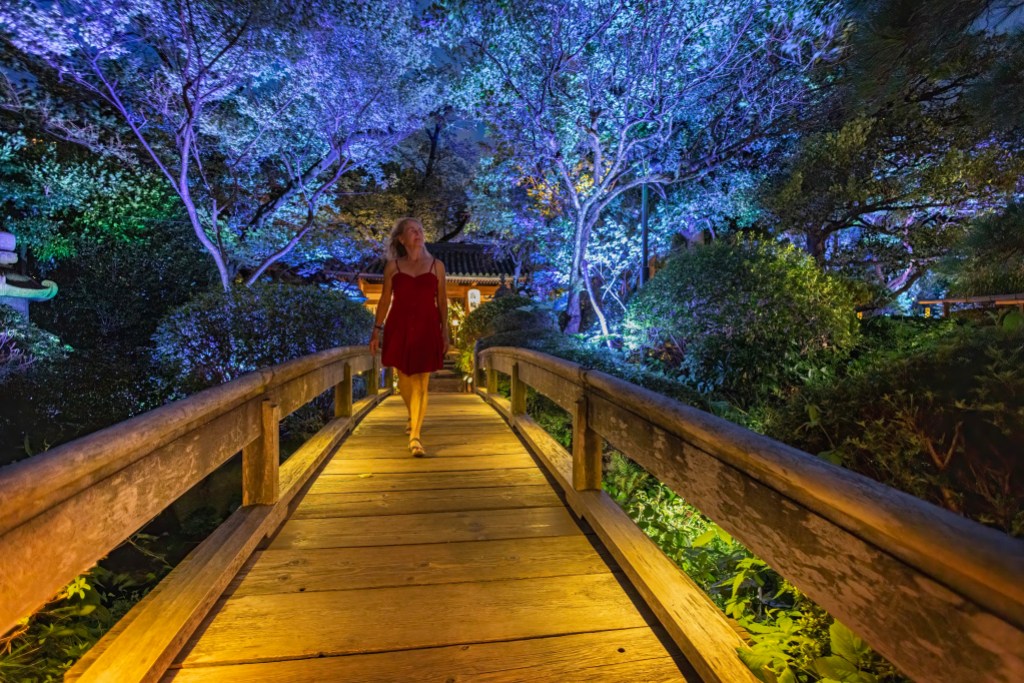
I love the heat, even humidity, but when every day in crowded Tokyo is in the 90s, we find not only beauty but also reprieve in the air-conditioned museums in Ueno Park, one of the country’s first public parks, and a few stops on the Yamanote line from our hotel near the Shinagawa Station. I admit I have a post-COVID PTSD about crowds, so dread the anticipated sardine-tin packed train; but to my delight, it is cool, comfortable, and so clean you could picnic on the floor! Japanese people have learned to live on a long, slender set of small islands by fostering a healthy respect for personal space combined with a sense of the common good. For the world’s most populous metropolitan area at 37 million people, Tokyo is one of the safest, cleanest, and innovative cities. Travel around the city by train exemplifies this. No pushing, no shoving, no litter, no cell phones, or talking on the train. Above the seats, little videos of animated pigs and bears sell ramen or skin crème, and also an easily read map.
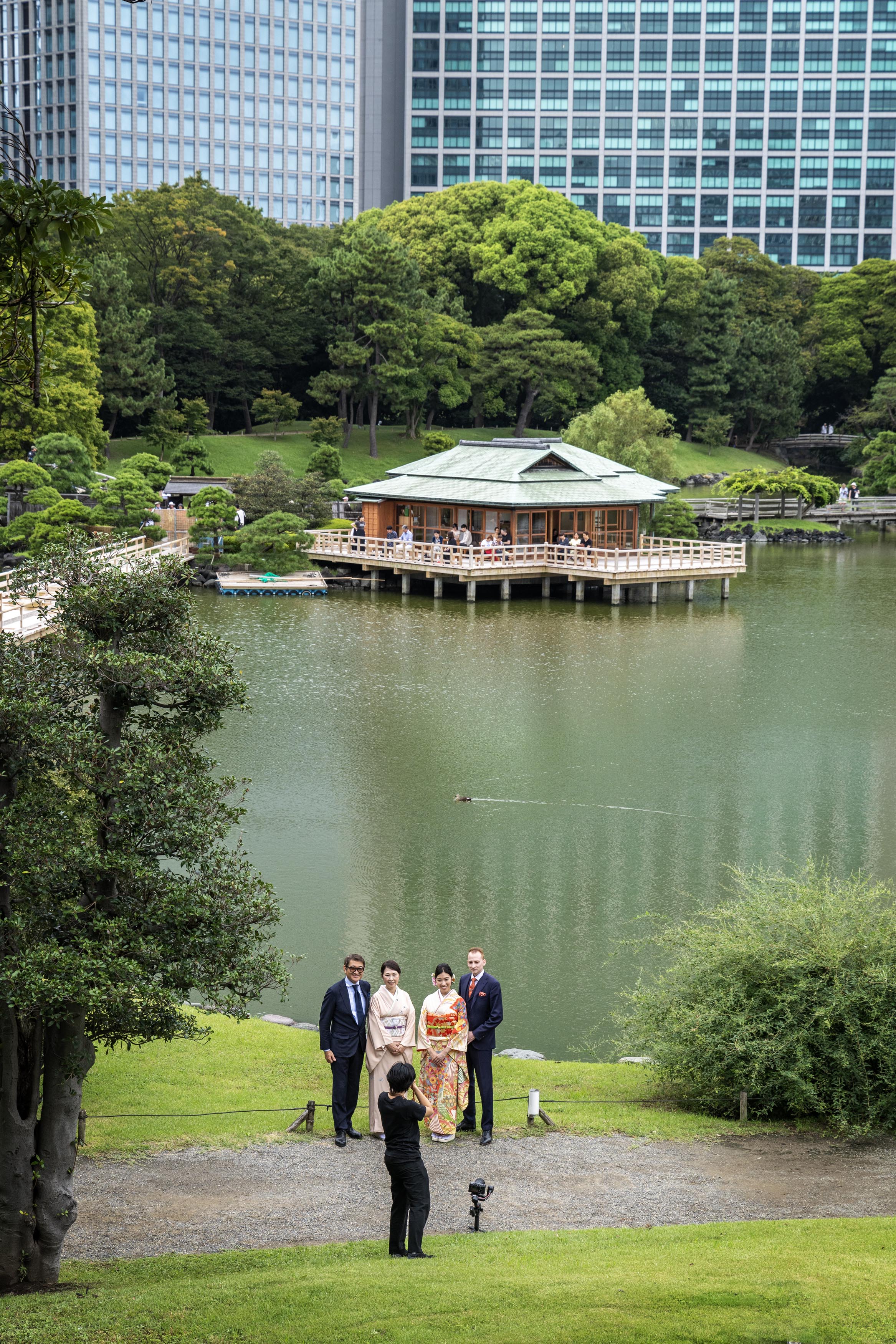
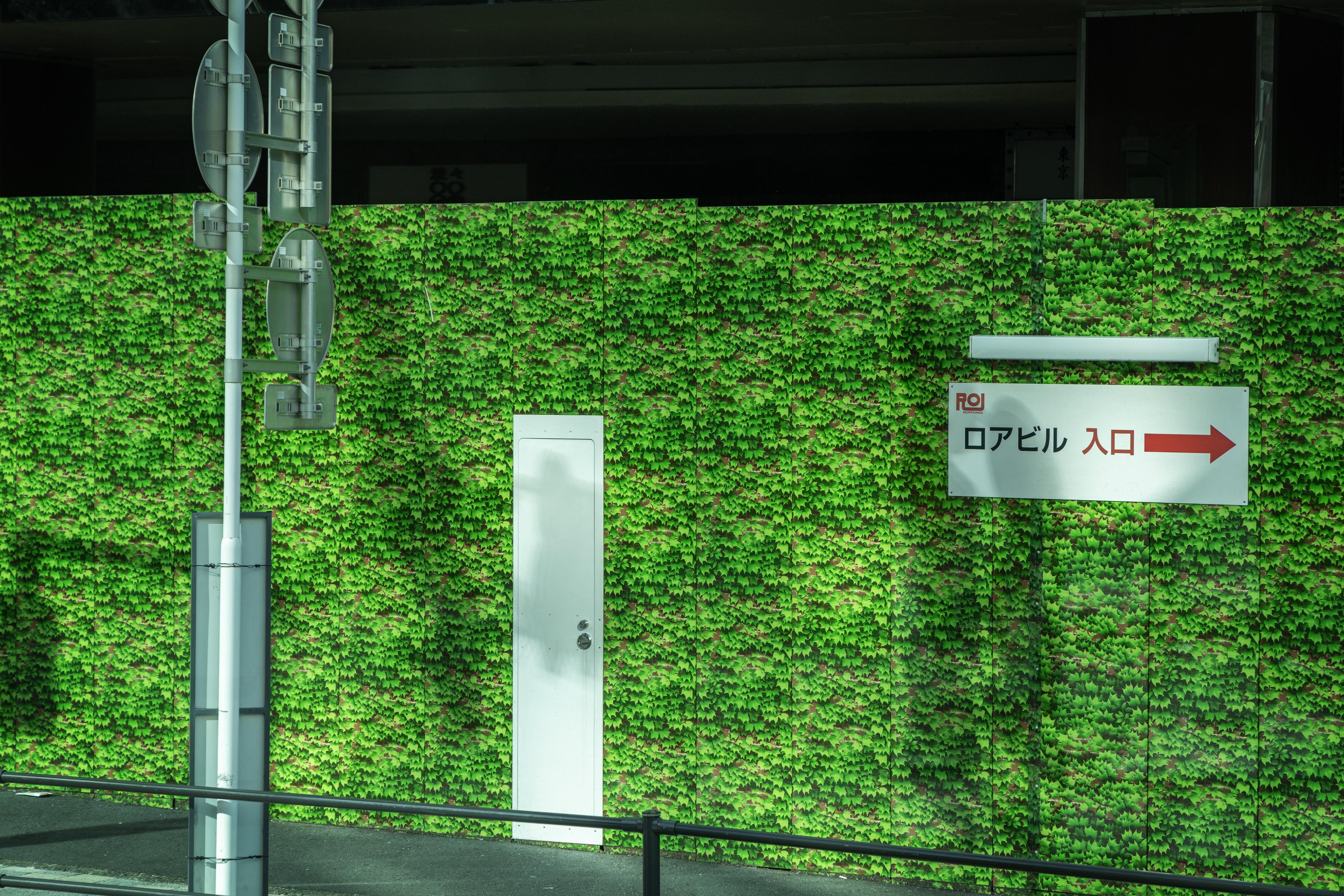
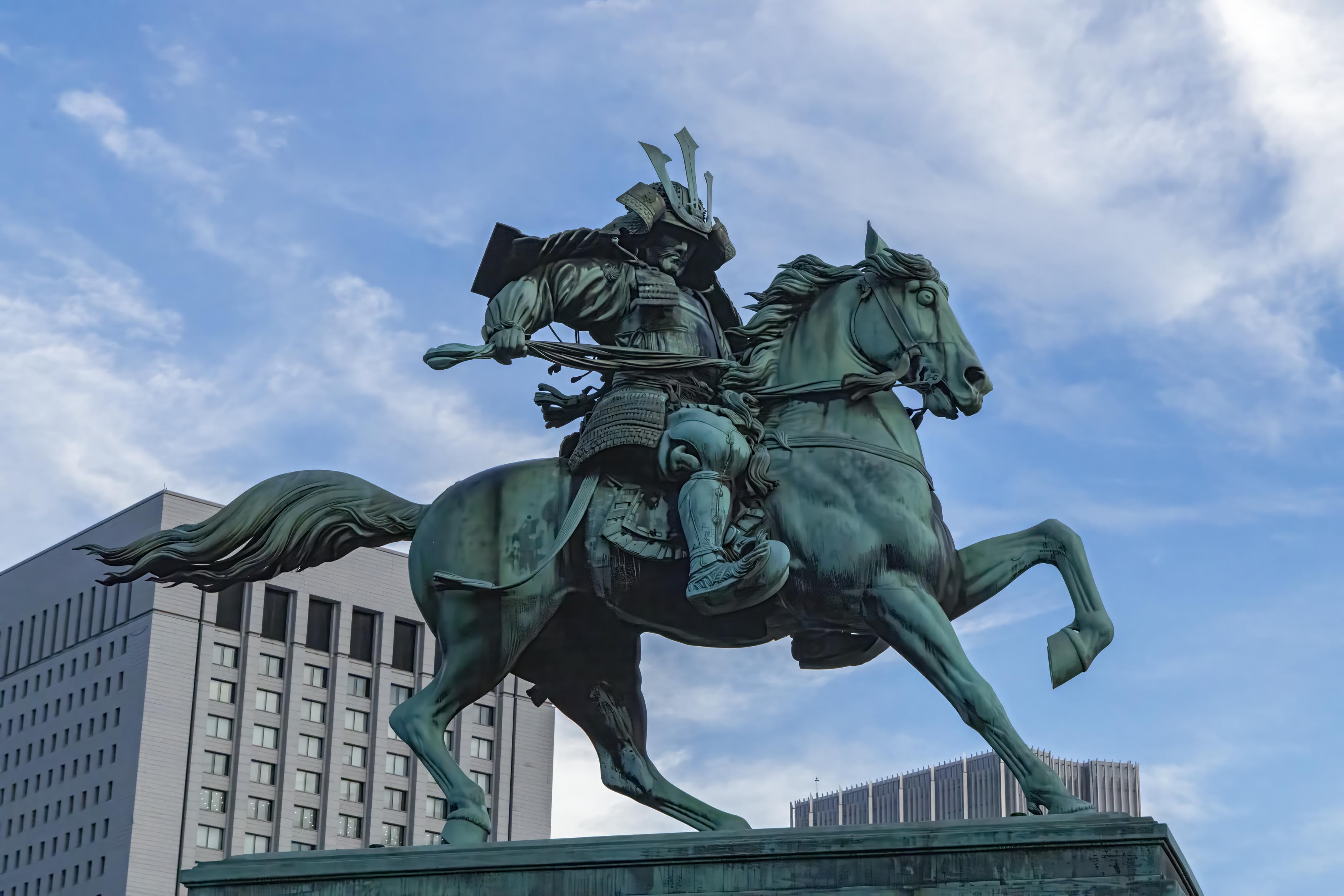
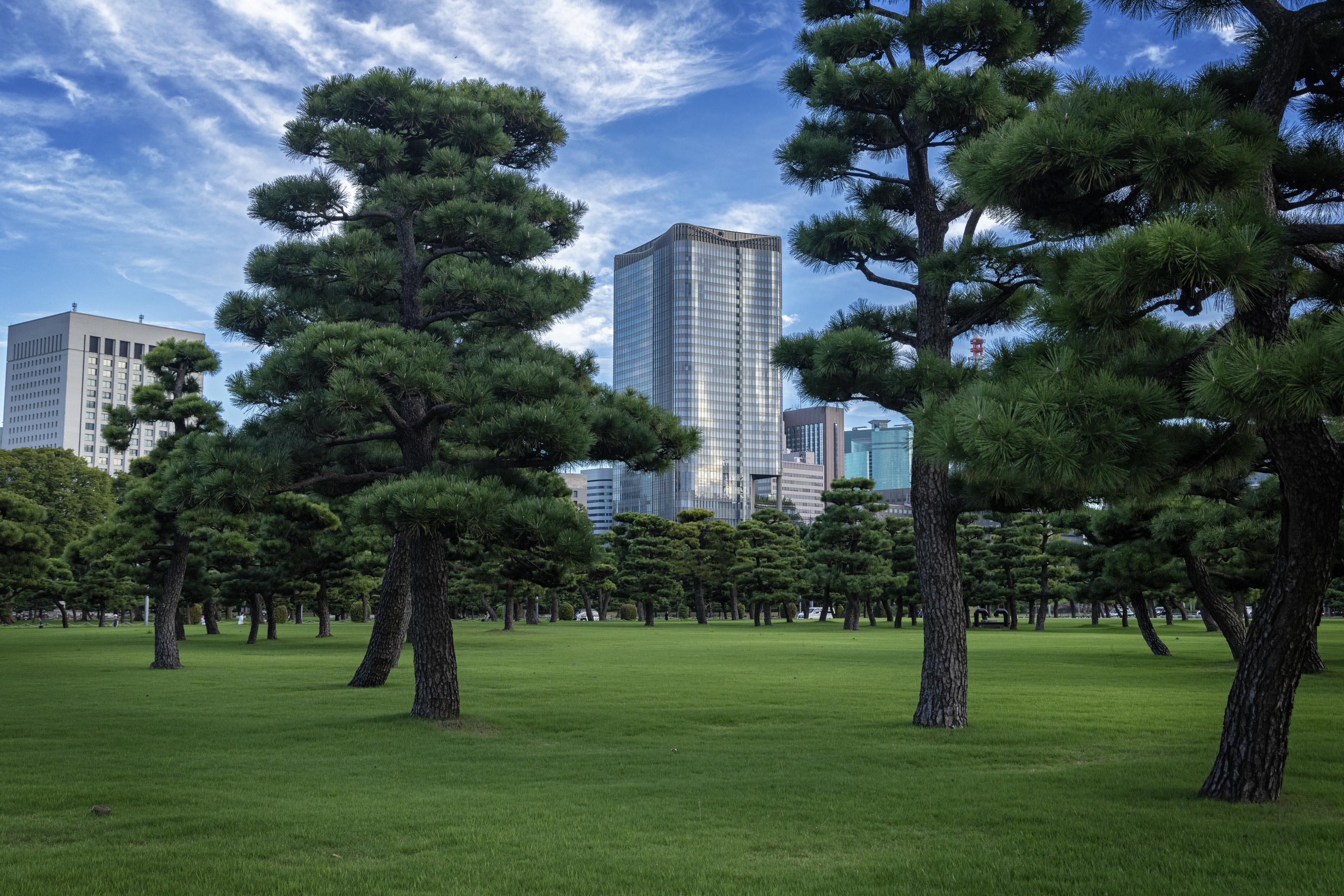
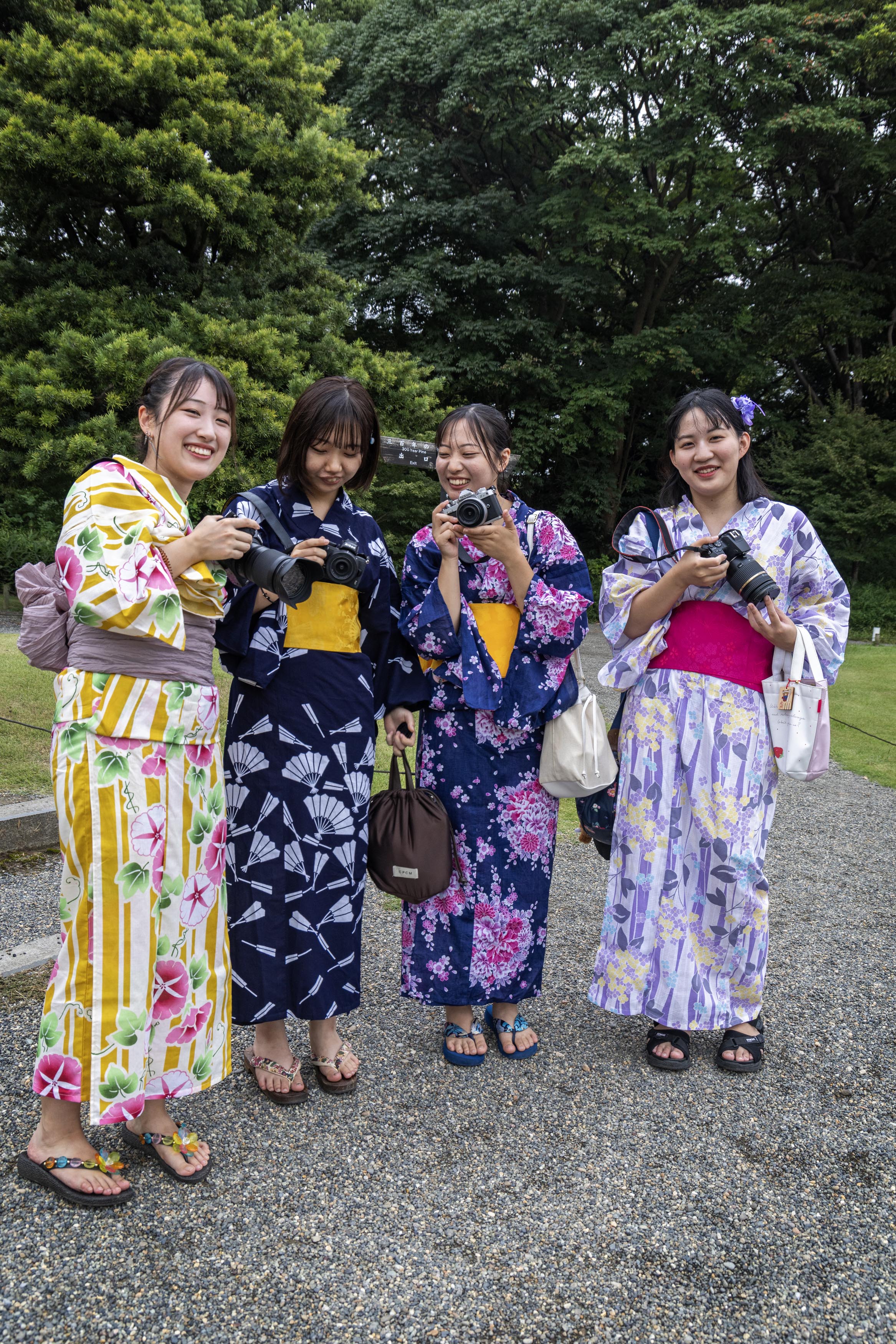
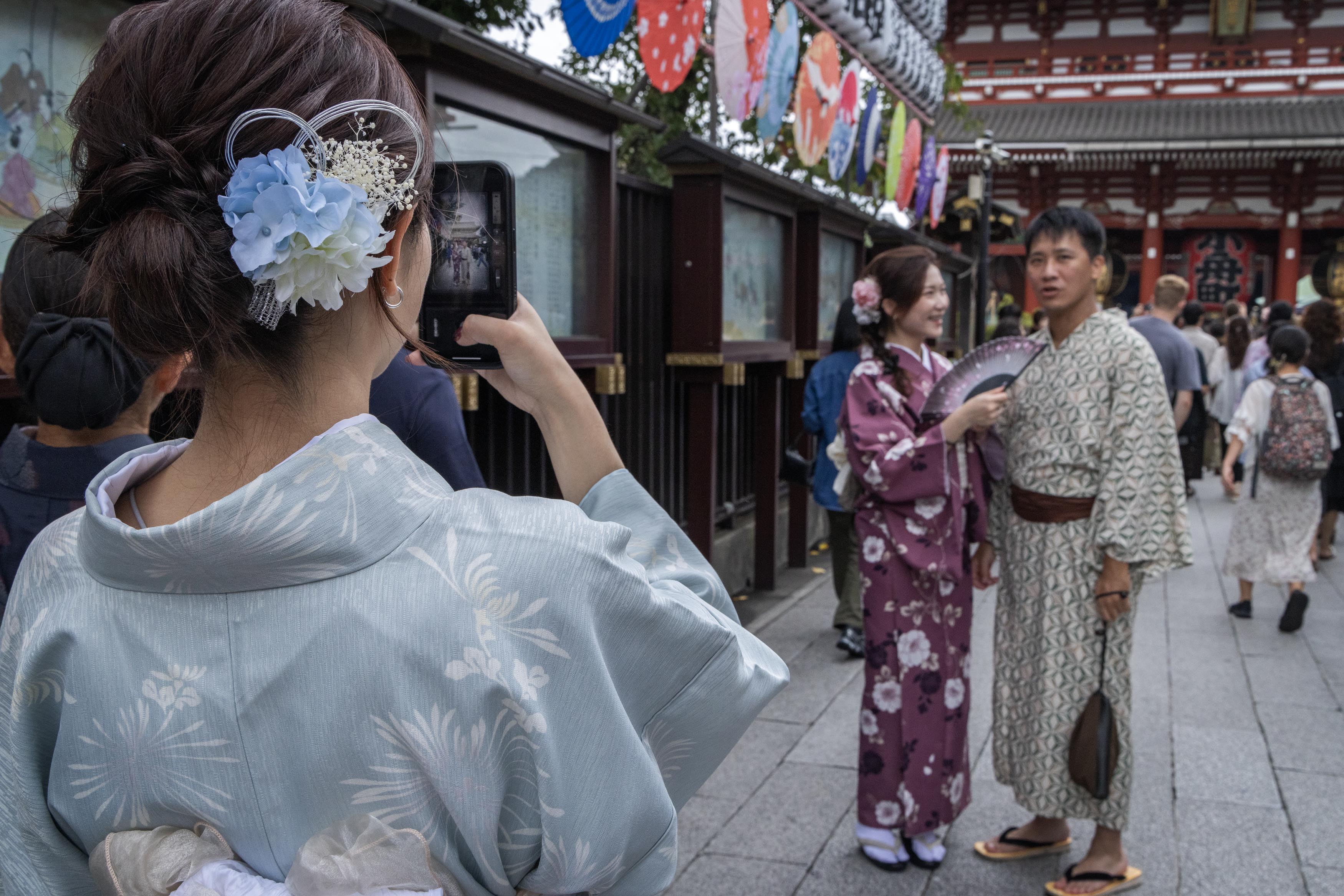
We hop off the train at Ueno Park, a verdant oasis in the middle of Tokyo. Locals and tourists alike frequent the spacious park: Some attend concerts at Sogakudo Concert Hall; schoolkids on a field trip linger side by side with art connoisseurs to enjoy the offerings of several museums; couples make wishes at Toshogu Shrine; families visit the zoo and National Museum of Science and Nature, or simply picnic by Shinobazu Pond, itself a remnant from the original siting of Kaneiji Temple fronting a central plaza. Walking the grounds, we enjoyed busking musicians, food stands, and a puppet show.
It’s not lost on me that the first museum we visit is the National Museum of Western Art, designed by modernist architect Le Corbusier, the only example of his work in the Far East. We are welcomed at the museum’s entry with several familiar, poignant Rodin sculptures. The intent of the Museum’s founder Kojiro Matsukata was, through his collection, to provide a gateway for 19-20th century art from the West. Flocks of schoolgirls in matching pleated gray skirts, crisp white blouses, and neat ponytails float in silent unison past a Jean Dubuffet, Jackson Pollock, and Sam Francis. Next, we check out the Tokyo National Museum, hosting superb collections of Japanese and Asian archaeological objects. It is sublime, but after several hours, despite humid rain, or humid heat, I’m museumed out.
“Let’s go check out the toilets!” I urge Macduff, recalling the transformational film Perfect Days by Wim Wenders, starring Kōji Yakusho as Hirayama. As our hero’s day unfolds, he tends small maple saplings, listens to tunes by Nina Simone, Lou Reed, and Patti Smith on cassette as he drives to work, gazes quizzically at the sky, and occasionally shoots a photo. His job is to clean toilets in a section in Shibuya district — he makes what’s soiled clean — and at night, he bikes to a public bath, to his usual izakaya for a meal and cold beer, bikes home, reads, then sleeps, and repeat. The film is inspired in part by Tokyo Toilet, a project involving 16 architects designing 17 toilet stations. Although best viewed when illuminated at night, finding three of the marvelous toilets was a three-star success, including Kashiwa Sato’s Ebisu Station West exit.

Later we explore the shops and side alleys of Shibuya, dare to traverse the street at the world-renowned, insane Shibuya crossing where I am a minnow in a school of a million fishes. From five different directions, up to 2,500 people cross with each green light. By late afternoon, we window shop along the far less crowded, shaded avenues of Omotesando, bejeweled with pricey houses of Prada, Porsche, Miu-Miu, Issey Miyake, and Sou-Sou.
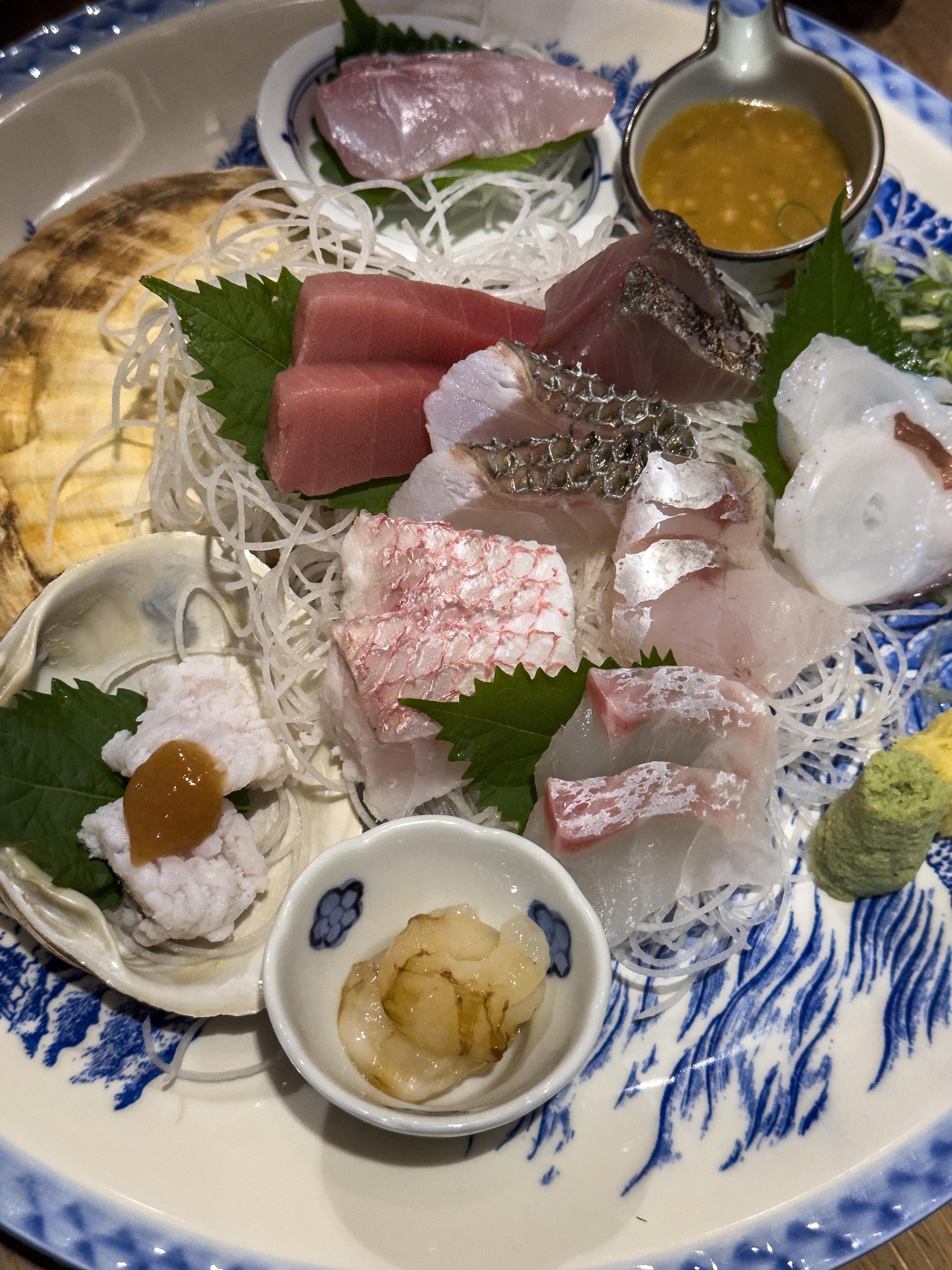
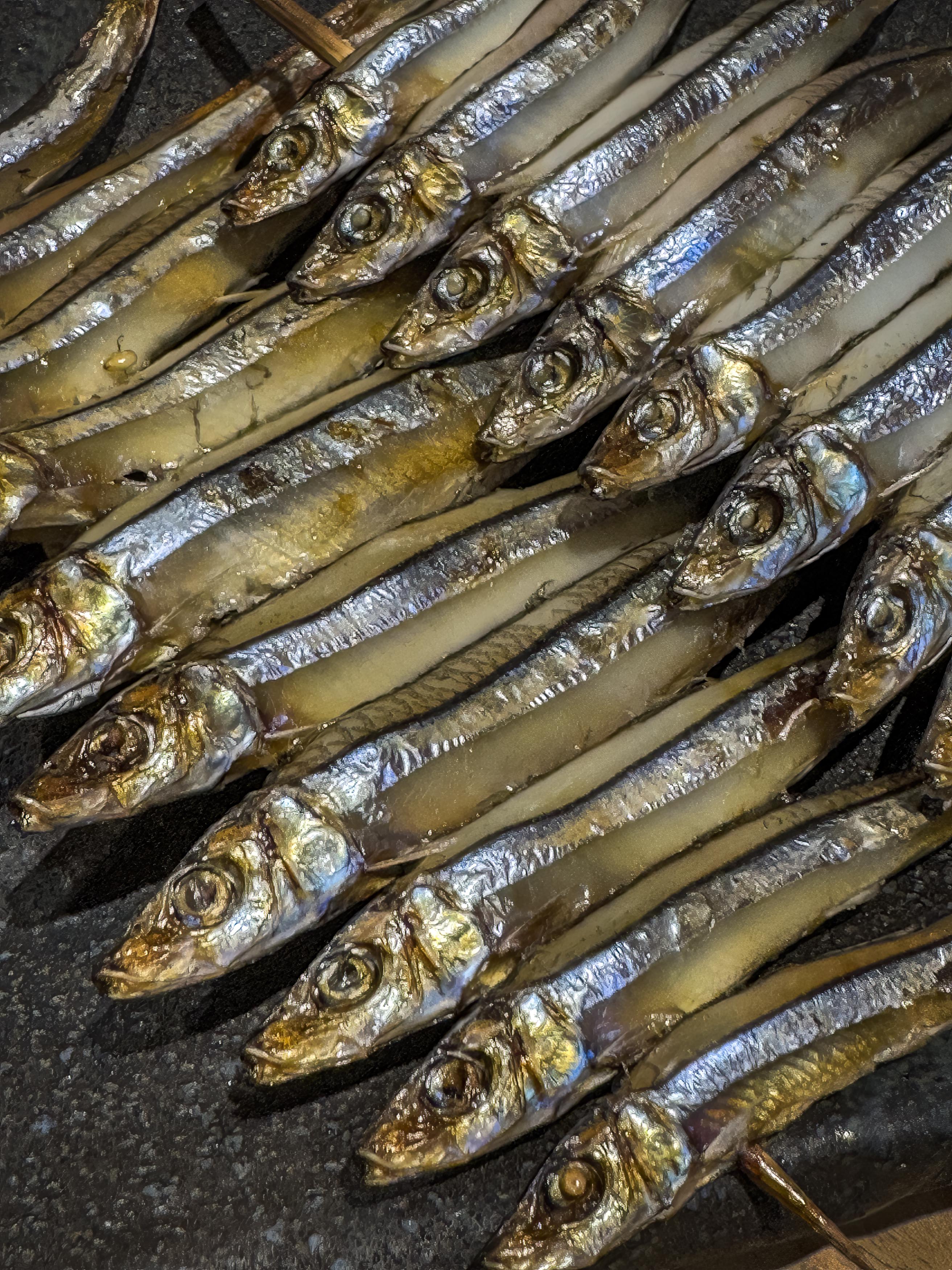
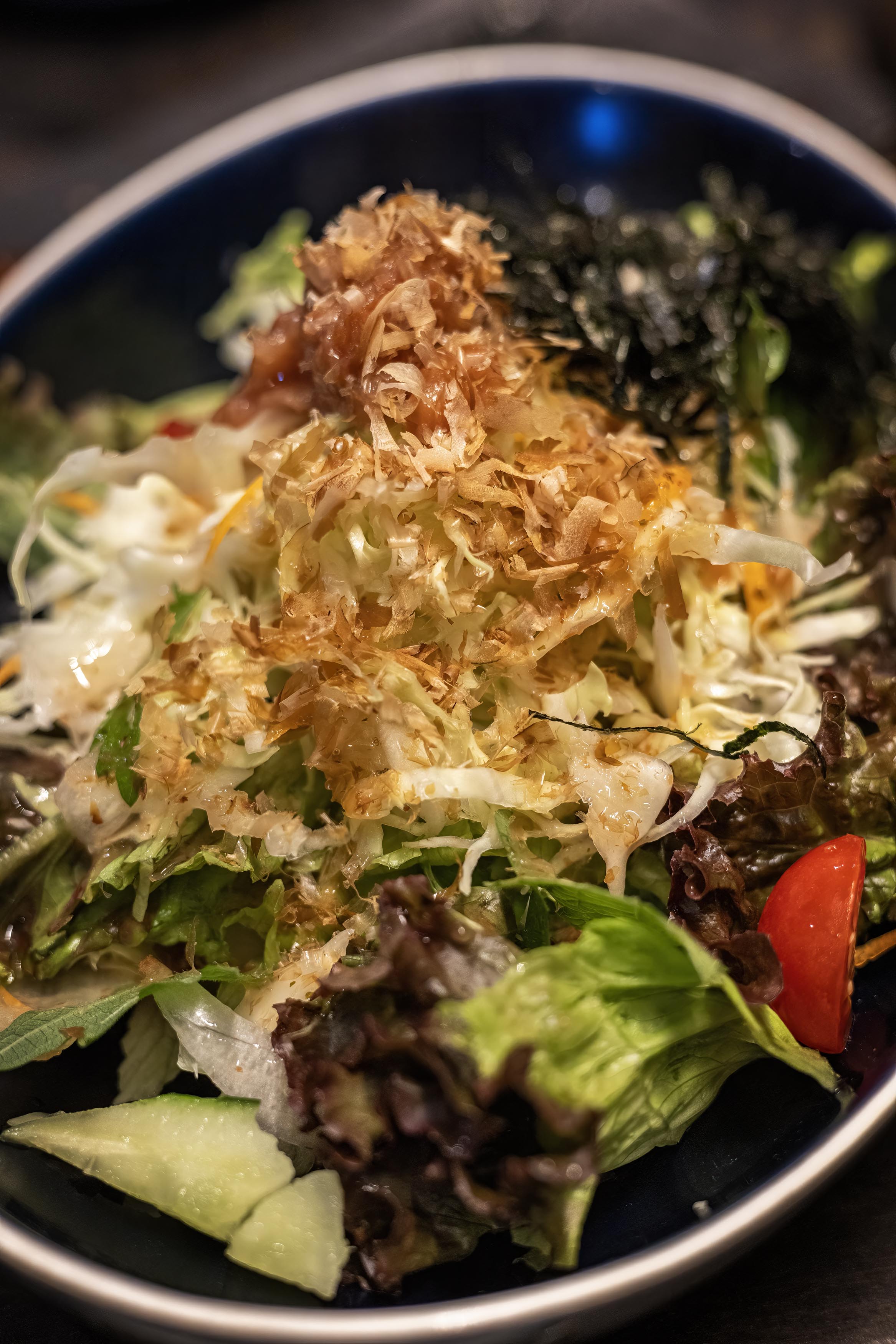
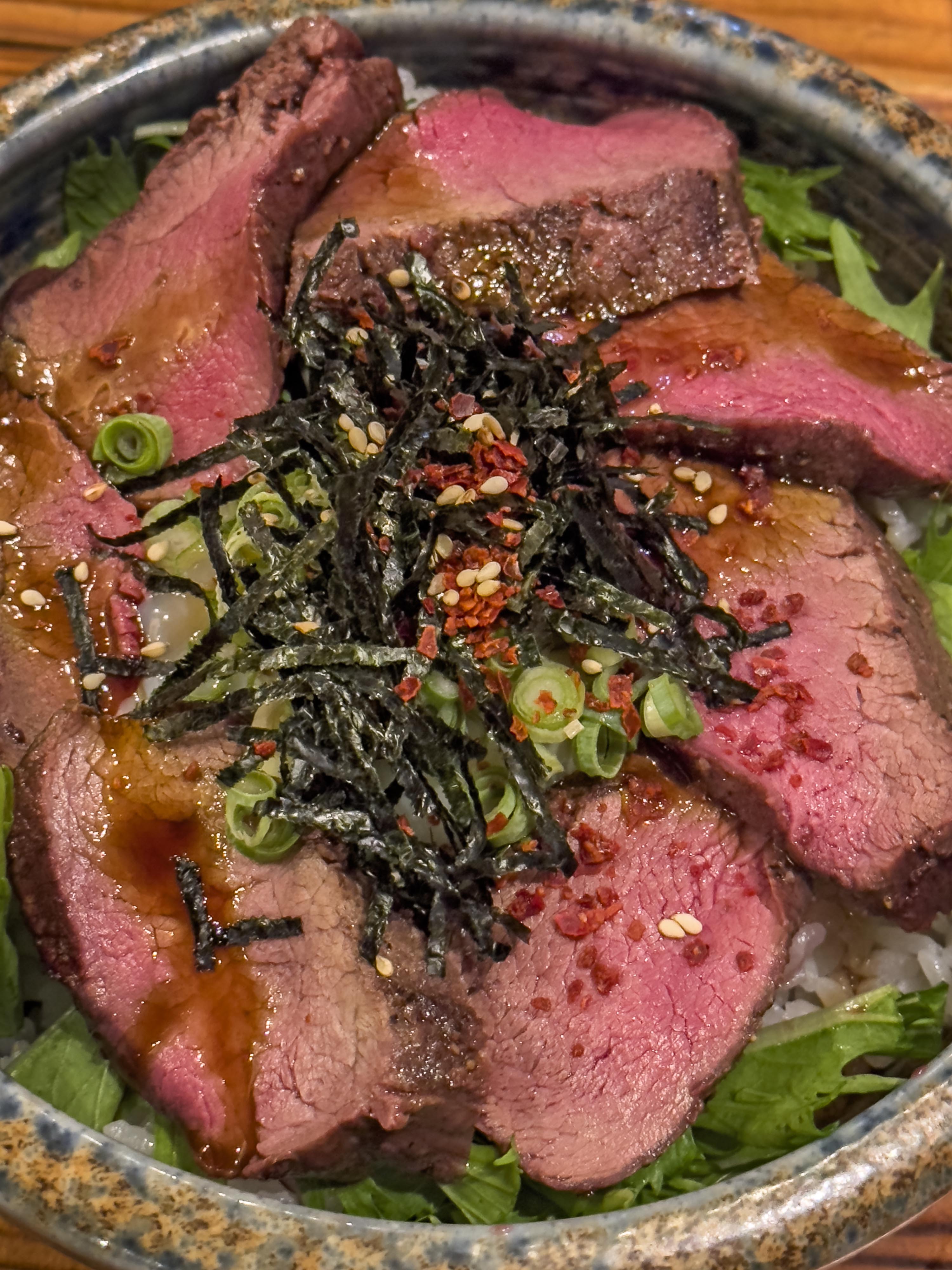
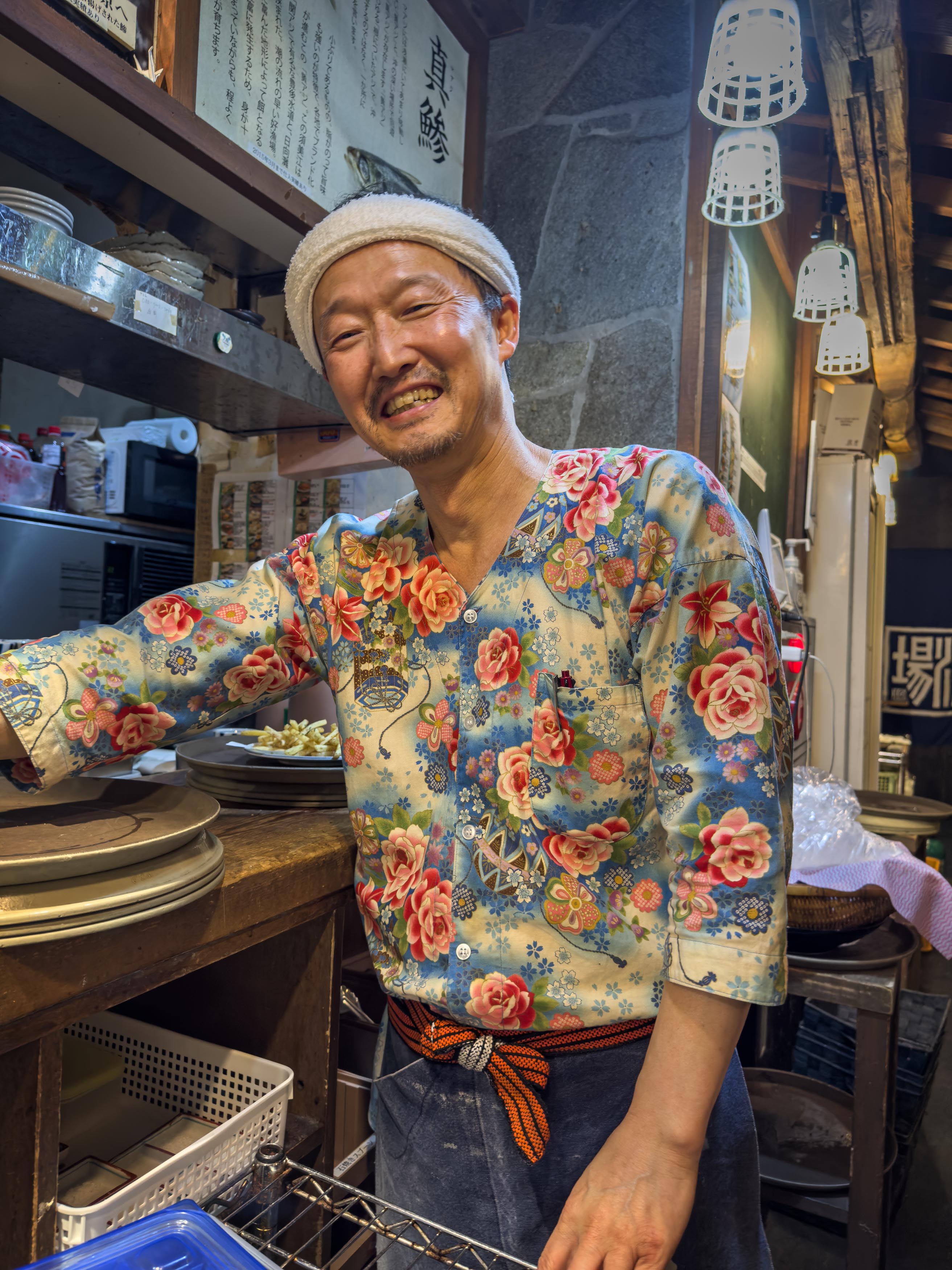
At night, we try another restaurant by our station. Local fishermen deliver daily fresh catch, at Yompachi Gyojo Shinagawa, a sashimi and grilled fish restaurant. The wood-lined walls at Tsukiji Yonpachi are decorated with black and white photos of fishermen at work, the atmosphere is radiant, and they even brew their own sake. We return two days later in a typhoon downpour that only seems to elevate the spirits inside. Who wouldn’t with a menu offering aji (horse mackerel), hon maguro (bluefin tuna), baby amberjack, isaki (threeline grunt), and hirame (flounder)?
The bullet train remains suspended. All airline travel is booked, and it’s not worth the risk of holding out. A helpful woman at the JR counter finds us the only two available reserved seats on a 6 a.m. train leaving from the Tokyo station, necessitating four changes to different lines. We can do this! Up at 4 a.m., taxi to our local station, 5 a.m., arrive at Tokyo Station 5:30 a.m., catch the 6:19 a.m. train. Hint: never mind the names — Tsuruga, Osaka, Motomato … Japanese trains are as precise as a knife blade on bluefin. Look for the times for each platform, and we’ll be okay — 6:19, then 9:34, depart 10:14, arrive 11:48, etc. Seven hours later, we pile into a cab burdening the poor driver with six bulky, heavy items of luggage, and head to the hotel in Kobe. We have two full days to spare before meeting the ship!

Macduff notes the Takenaka Carpentry Tools Museum in a guidebook. I’m all in. Only three miles uphill in the direction of Mt. Rokko. We walk in the 90 degree heat and equal humidity, wending our way through traffic, shopping arcades, the Fukuhara area of hostess bars, continuing uphill. We walk by instinct, upward and nearly there, a woman passes on a bike decorated in bright colored artificial flowers and stops to ask in a New York accent, “Need help? Looking for something?” I reply. She exclaims the museum is a truly marvelous place, “but it might be closed.”
Eureka! We arrive, and it is closed on Mondays. Drenched in rivers of sweat, thirsty, and disappointed, we sit on an artfully placed boulder in front of our destination looking ridiculous as we watch a video from their website on my phone. If I ever return to Japan, this will be my number one destination.
However, we discover a path we never would have known. It begins just below the museum at Ikutagawa Park, that follows the Ikuta River, with a marvelous bas-relief of dragons and fish on the concrete walls that bound the river. The park has a Go table, reminding me of Brancusi’s Table of Silence at Târgu Jiu in his native Romania. But this table has a checkered Go pattern etched into its polished surface, surrounded by five stone stools. Beyond there are a few other en situ sculptures, and the path continues. So, we take it. After all, rivers lead to the sea, and our hotel is by the sea. We amble past a children’s playground, a few people on bikes, a couple embracing beneath a shady tree, a rather unremarkable backyard with boxes and clotheslines, made glorious by a crepe myrtle tree in full hot pink effloresce.
A final dinner out before greeting the 115 guests, plus staff and crew to explore “Coastal Japan” on the Resolution, we return to a place we discovered and loved on our first evening in Kobe. In a place famous for its massaged cows that create a meat that in appearance rivals the marbleized endpapers of 19th century novels — we take a leaner option. On the edges of Chinatown, I spy an interesting façade, with antler horn door handles. We enter, a light Django Rinehardt–ish tune plays from the kitchen, five tables face the open cooking area and one in the back. They serve only venison. Yep, beyond the cow pastures, there is a forest, and in the forest, there are deer. Silently, we had each been craving another venison plate, and knew we had to return. Tender, rare, sliced venison, smothered in golden slivers of sautéed garlic, along with side dishes of house-made kimchi and a savory pickled fresh plum salad with lettuces, carrot, and cabbage in a vinaigrette, accompanied with a passable red wine and the same delightful music. I thank the cook, and in sign language and smiles, I ask what he’s listening to. He smiles, and simply says, “Jazz-u!”

Macduff and I are greeted by the staff with hugs and halloos. Macduff loves being a guide. He delights in sharing his adventuresome stories and his tips on photography with others. He thrives on the camaraderie of this coterie of staff and crew on multiple voyages. Because of this charmed trip that includes treasured solo travel along with the group voyages, I embrace the benefits of enjoying both. What I come away with is a renewed delight in traveling with my sweetie, a companionship and happiness of being two blokes on the road again together, wherever our luck takes us, for as long as we can. In my artist’s book, Western Trilogy: Ocean Prairie, Desert, in 2000, the dedication reads: “To Macduff, May the distance between us be never great and always navigable.”
4-1-1
Ueno Park. japan-talk.com/jt/new/ueno-park-in-tokyo
Tokyo Toilet project. tokyotoilet.jp/en/htagaya/
Takenaka Carpentry Tools Museum. From Shin-Osaka Station, take the Tokaido Shinkansen to Shin-Kōbe Station (around 16 minutes). The museum is about 10 minutes on foot from Shin-Kōbe Station. 7-5-1 Kumochi-cho, Chūō-ku, Kōbe-shi, Hyogo-ken
japan.travel/en/japans-local-treasures/takenaka-carpentry-tools-museum-2023/
Izakaya Yompachigyojou, 3-25-23 Takanawa, Minato-Ku, Tokyo
Rokumei Saryu Irifune, Kobe. rokumeisaryu.com
Premier Events
Wed, Dec 31
9:00 PM
Santa barbara
NEW YEAR’S Wildcat Lounge
Sat, Dec 27
7:00 PM
Santa Barbara
Schnack ‘n Bari Jazz Trio at Roy
Wed, Dec 31
6:15 PM
Santa Barbara
NYE 2026 with SB Comedy Hideaway!
Wed, Dec 31
9:00 PM
Santa barbara
NEW YEAR’S Wildcat Lounge
Wed, Dec 31
10:00 PM
Santa Barbara
In Session Between Us: Vol. I NYE x Alcazar
Wed, Dec 31
10:00 PM
Santa Barbara
NYE: Disco Cowgirls & Midnight Cowboys
Thu, Jan 01
7:00 AM
Solvang
Solvang Julefest
Thu, Jan 01
11:00 AM
Santa Barbara
Santa Barbara Polar Dip 2026
Sat, Jan 03
8:00 PM
Santa Barbara
No Simple Highway- SOhO!
Sun, Jan 04
7:00 AM
Solvang
Solvang Julefest
Thu, Jan 08
6:00 PM
Isla Vista
Legal Literacy for the Community
Wed, Dec 31 9:00 PM
Santa barbara
NEW YEAR’S Wildcat Lounge
Sat, Dec 27 7:00 PM
Santa Barbara
Schnack ‘n Bari Jazz Trio at Roy
Wed, Dec 31 6:15 PM
Santa Barbara
NYE 2026 with SB Comedy Hideaway!
Wed, Dec 31 9:00 PM
Santa barbara
NEW YEAR’S Wildcat Lounge
Wed, Dec 31 10:00 PM
Santa Barbara
In Session Between Us: Vol. I NYE x Alcazar
Wed, Dec 31 10:00 PM
Santa Barbara
NYE: Disco Cowgirls & Midnight Cowboys
Thu, Jan 01 7:00 AM
Solvang
Solvang Julefest
Thu, Jan 01 11:00 AM
Santa Barbara
Santa Barbara Polar Dip 2026
Sat, Jan 03 8:00 PM
Santa Barbara
No Simple Highway- SOhO!
Sun, Jan 04 7:00 AM
Solvang
Solvang Julefest
Thu, Jan 08 6:00 PM
Isla Vista


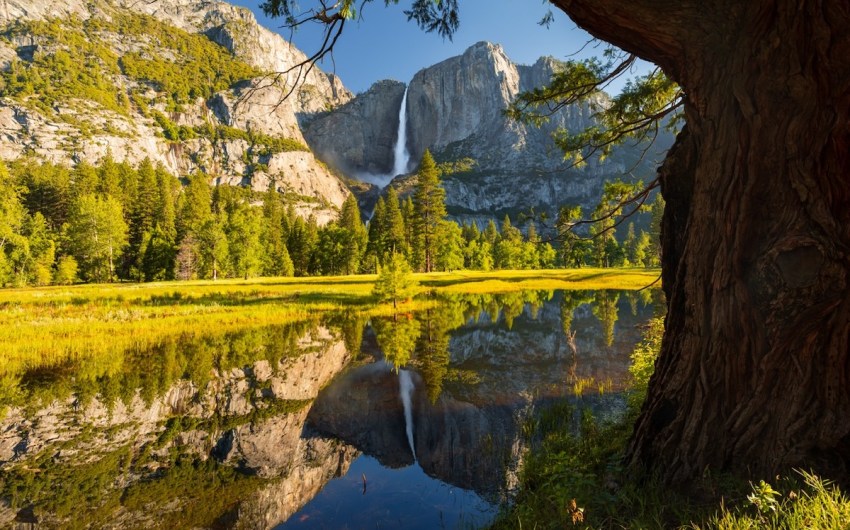
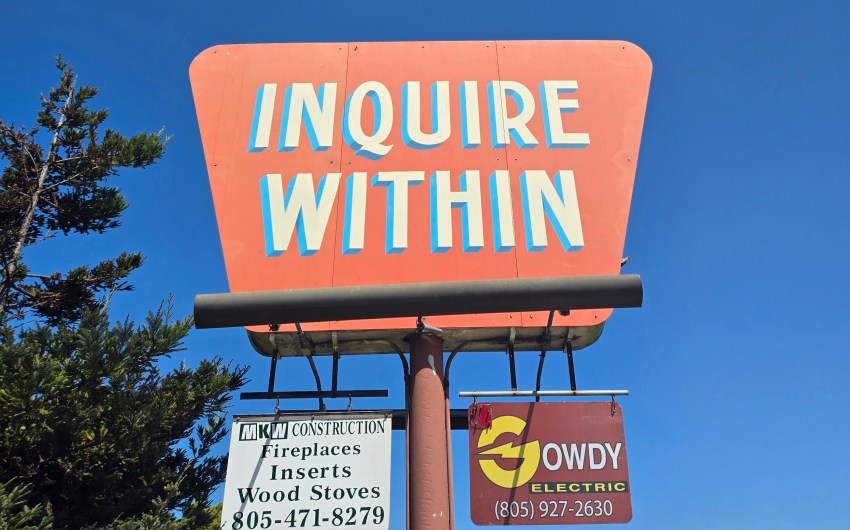
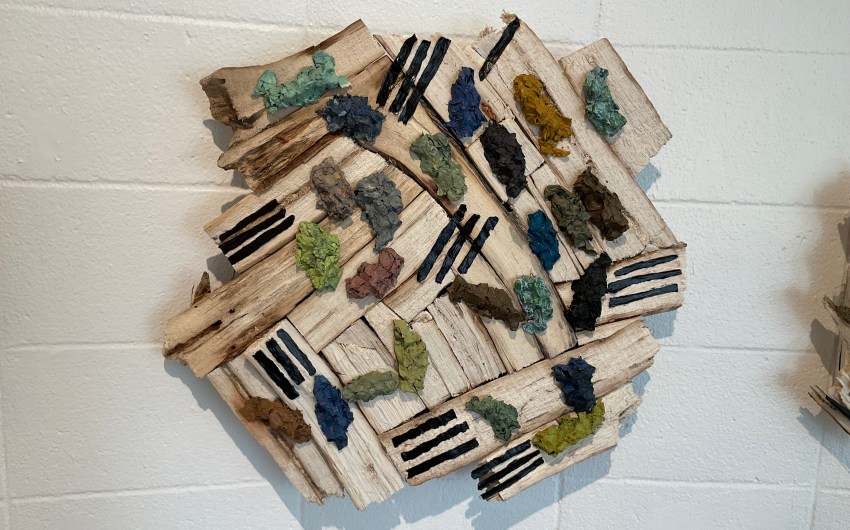
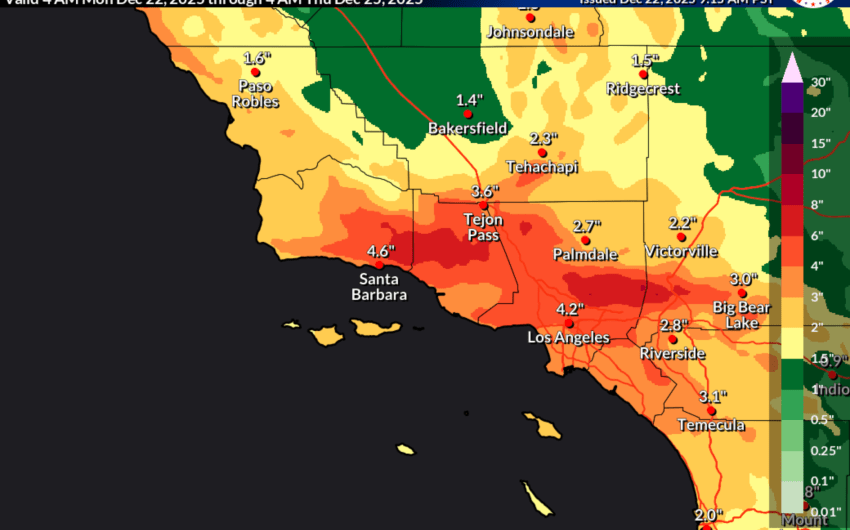
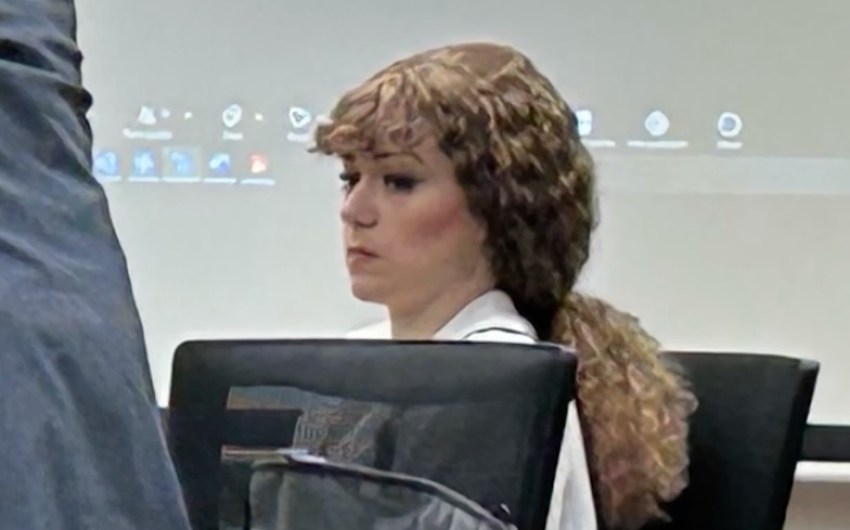

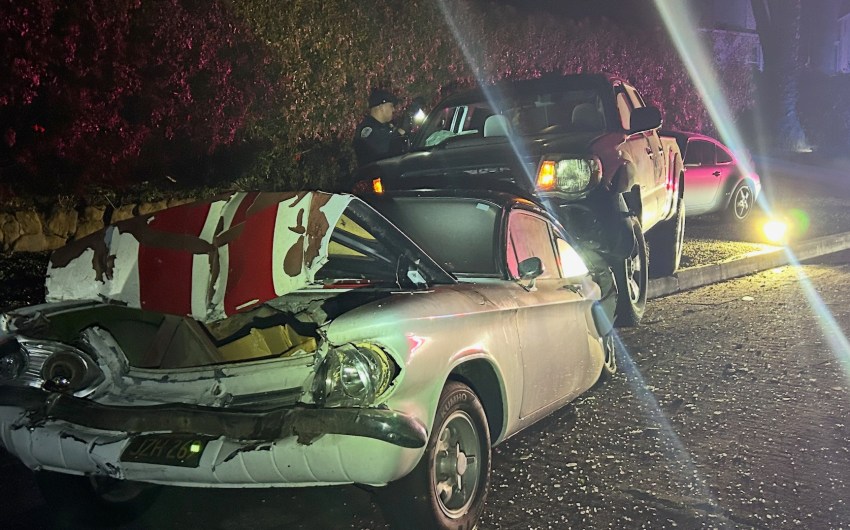
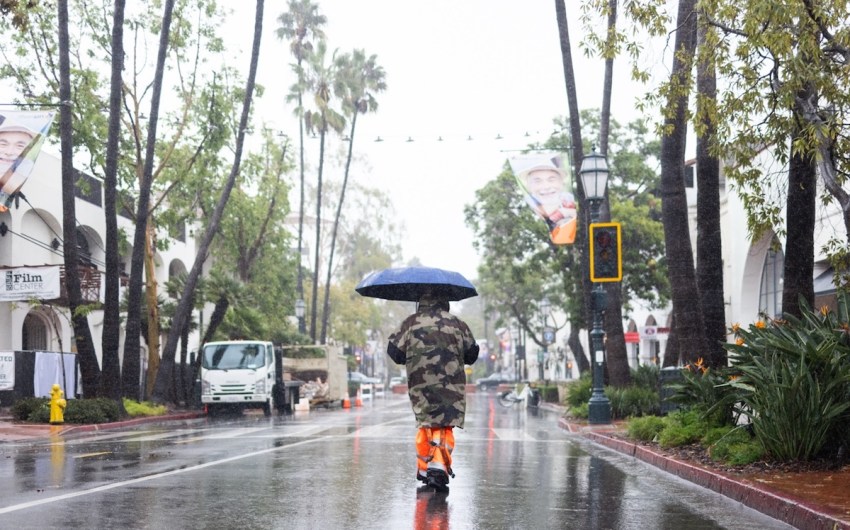
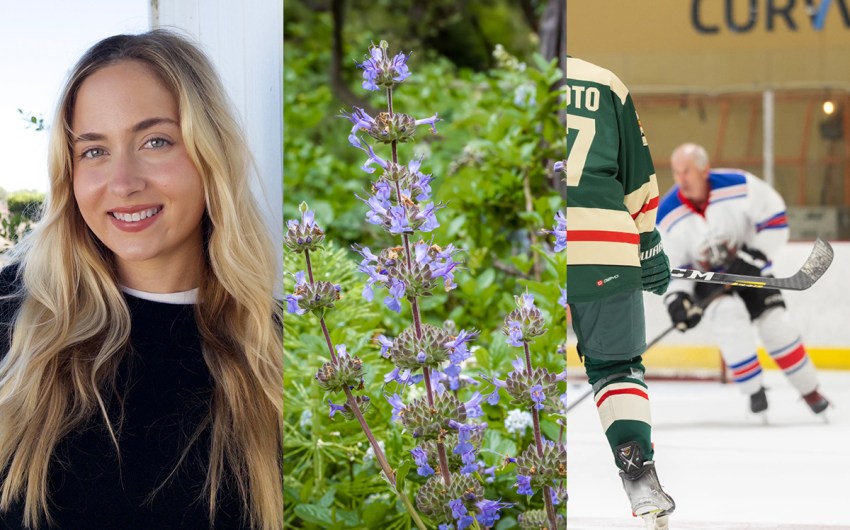
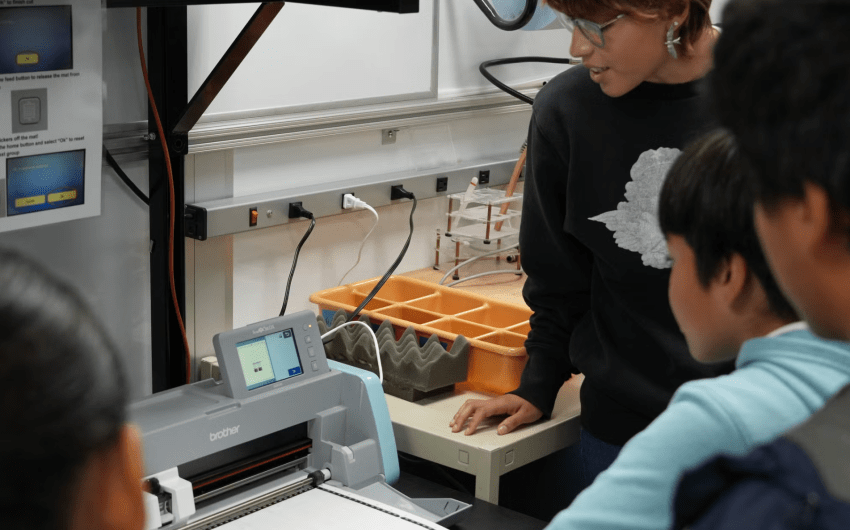
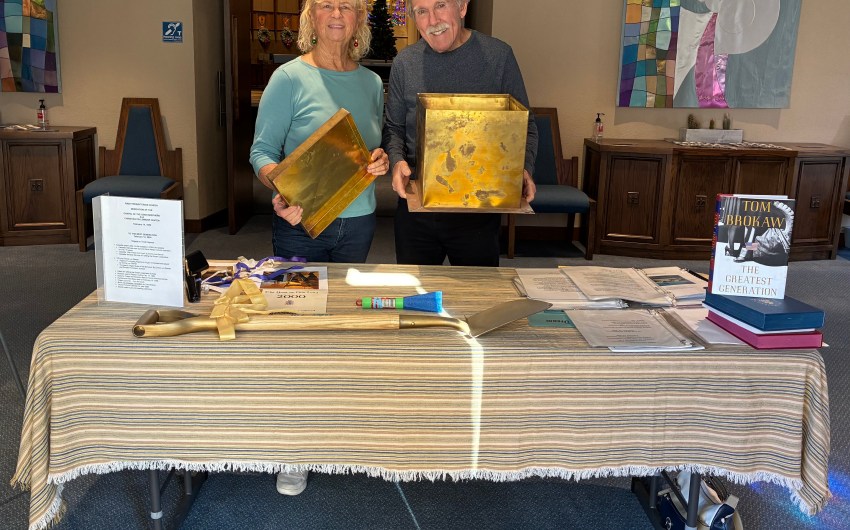
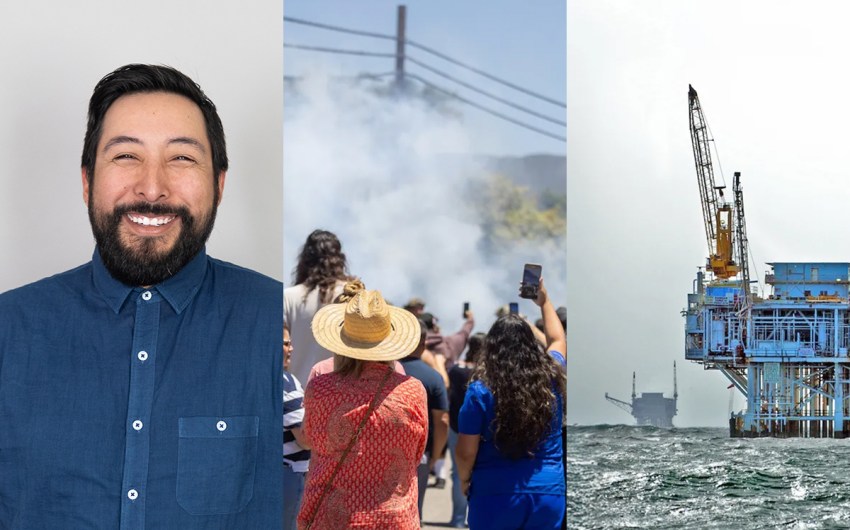
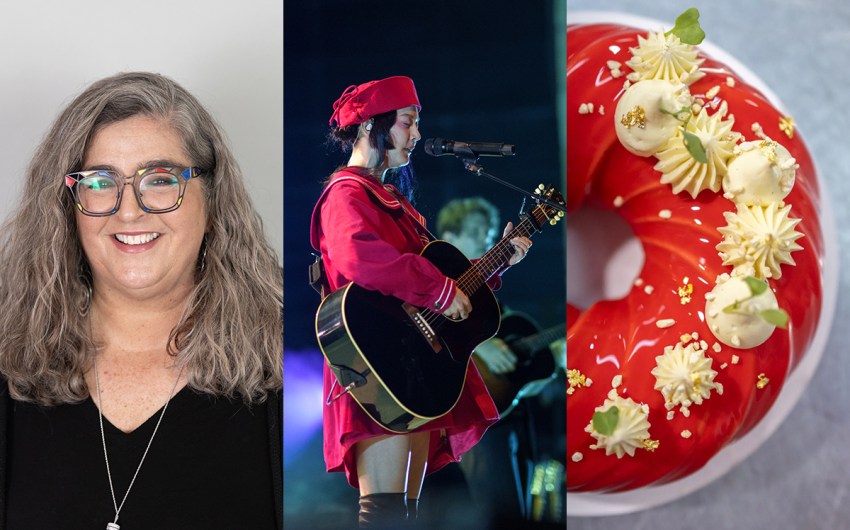

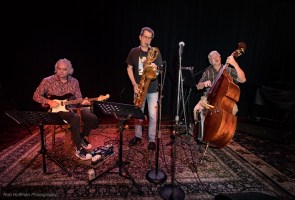

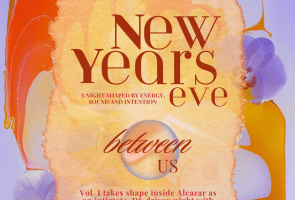
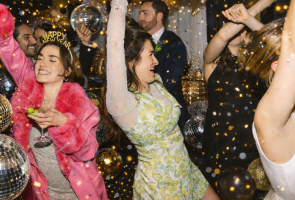
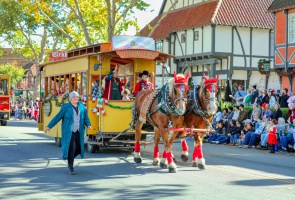
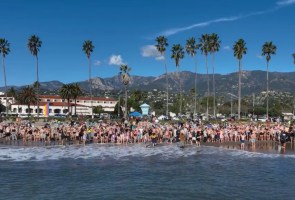


You must be logged in to post a comment.